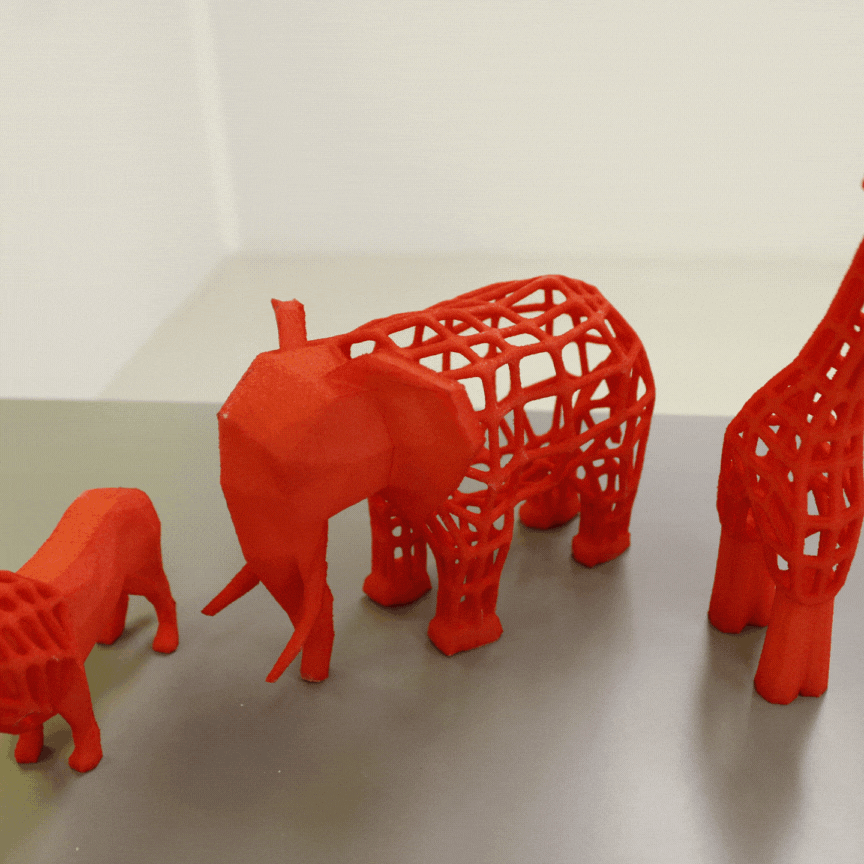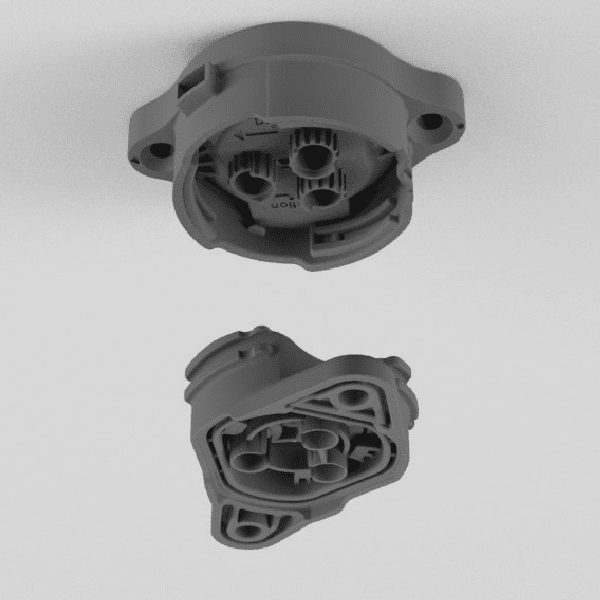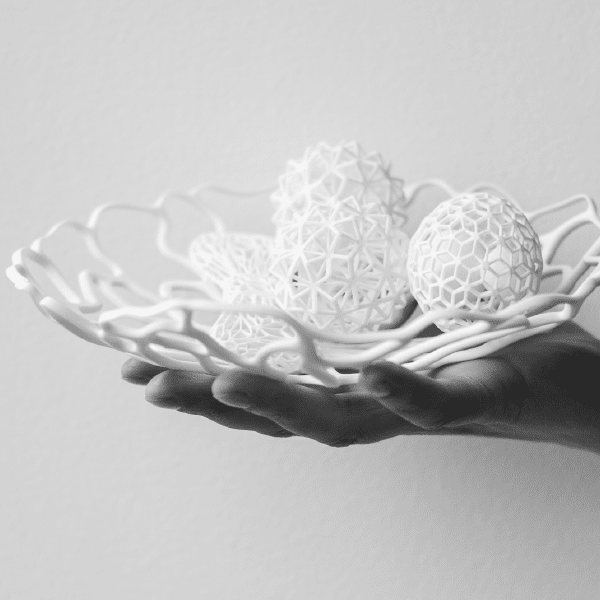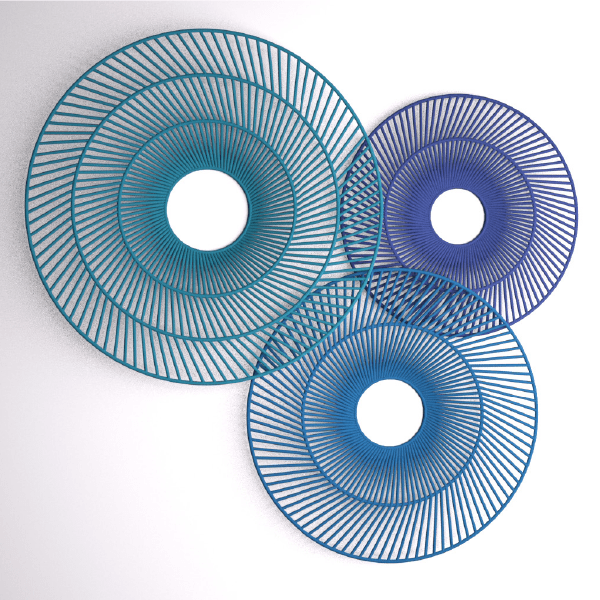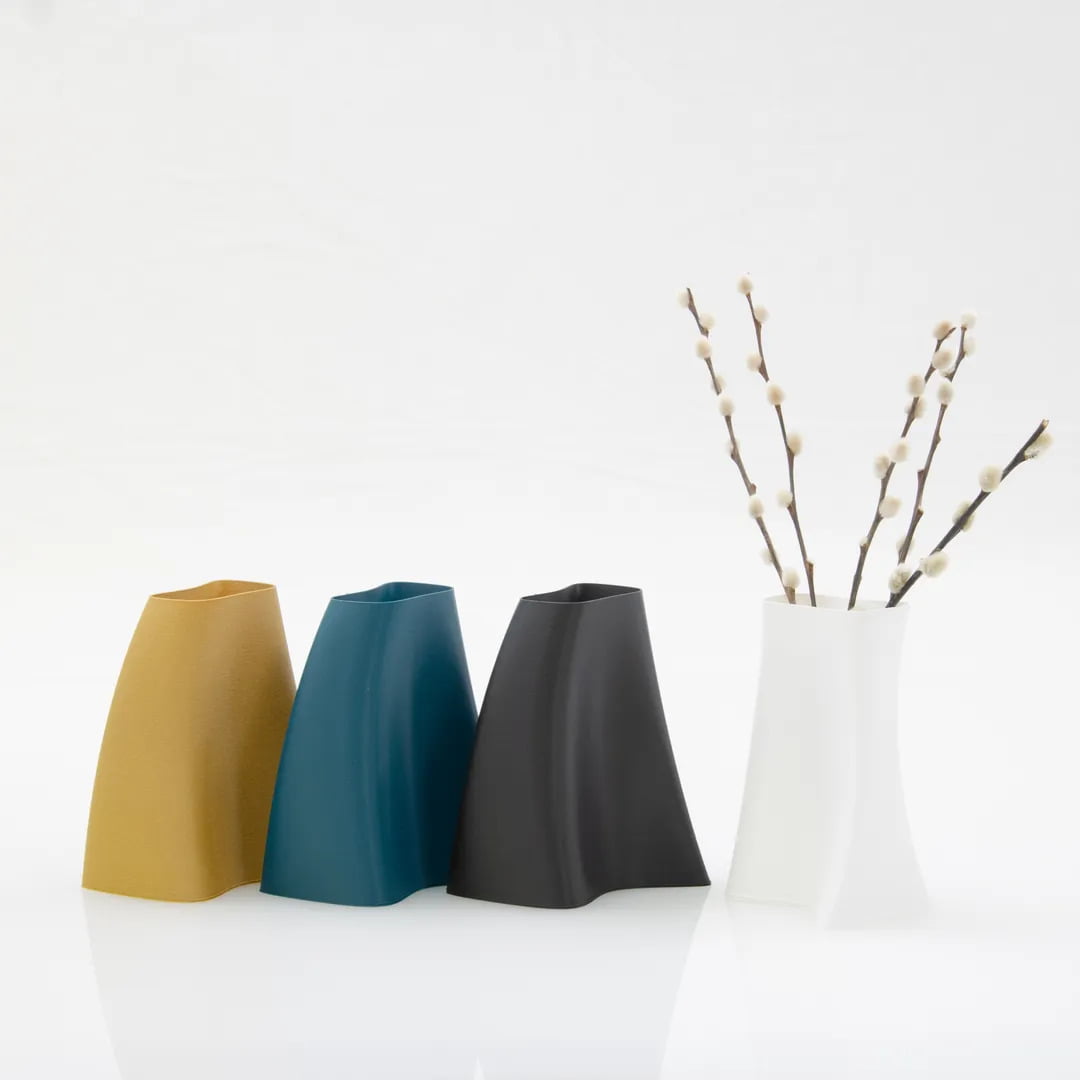3D Printing Materials
TPU (Thermoplastic Polyurethane)
Thermoplastic Polyurethane (TPU) stands as a versatile and indispensable material in the realm of 3D printing. Recognized for its unique combination of flexibility, durability, and ease of processing, TPU is a thermoplastic elastomer that exhibits rubber-like qualities while maintaining the processability of traditional plastics.
Its inherent characteristics, such as excellent tensile strength and high elongation at break, make TPU well-suited for applications demanding resilience and adaptability. In 3D printing, TPU's thermoplastic nature allows for seamless melting and solidification during the printing process, enabling the creation of intricate, flexible, and durable structures.
Whether used in the production of functional prototypes, intricate designs, or flexible components, TPU has become an integral material choice, contributing significantly to the expanding possibilities and capabilities of 3D printing technology.
Polyamide 12, Nylon12 Or PA12
Polyamide 12, commonly known as PA12, plays a pivotal role in the field of 3D printing, offering a distinct set of characteristics that contribute to its widespread utilization. As a thermoplastic polymer belonging to the polyamide family, PA12 boasts a unique chemical composition that imparts it with exceptional properties, making it particularly suitable for diverse applications in additive manufacturing.
Renowned for its excellent dimensional stability, low moisture absorption, and commendable electrical insulation properties, PA12 is often chosen in 3D printing for its ability to produce high-quality, reliable, and durable components. Its granular, white, and unpolished appearance when initially output from industrial 3D printers allows for various post-processing techniques, including polishing, blasting, and tumbling, to refine the final product.
PA12 is widely employed in industrial 3D printing processes, facilitating rapid prototyping and scalable volume production. With its optimal combination of strength, versatility, and processing ease, PA12 stands as a cornerstone material in advancing the capabilities and applications of 3D printing technology.
Polylactic Acid (PLA)
Polylactic Acid, often referred to as PLA, stands out as a widely favoured material in the realm of desktop 3D printing. It serves as the default filament for a majority of extrusion-based 3D printers due to its capacity to be printed at a low temperature, eliminating the need for a heated bed (PLA, 2019).
Sourced from crops like corn and sugarcane, PLA boasts ease of printing, cost-effectiveness, and the ability to produce components suitable for a diverse range of applications. Moreover, it proudly ranks among the most environmentally conscious filaments available in the current market (PLA, 2019).
Indeed, PLA has the capacity to undergo degradation, but this breakdown process necessitates highly specific conditions. PLA is exclusively biodegradable under the conditions of industrial composting and anaerobic digestion (Toor, 2023).
Credits
1. Simplify3D Software, PLA, 2019.
2. The Truth About The Biodegradability Of PLA Filament, Filamentive, 2023. , 2023.


